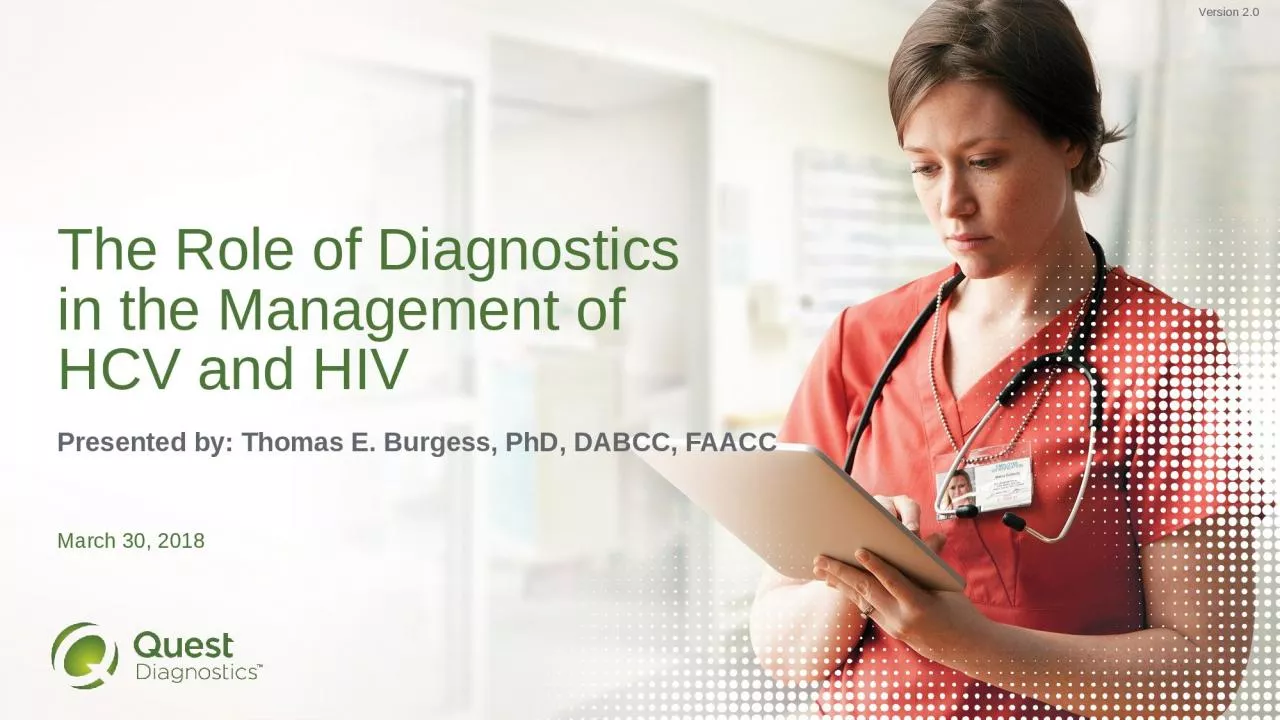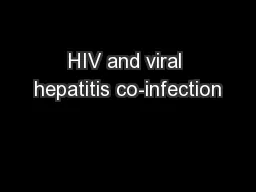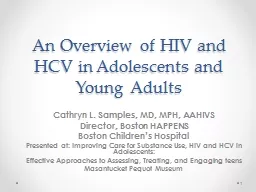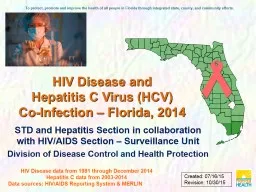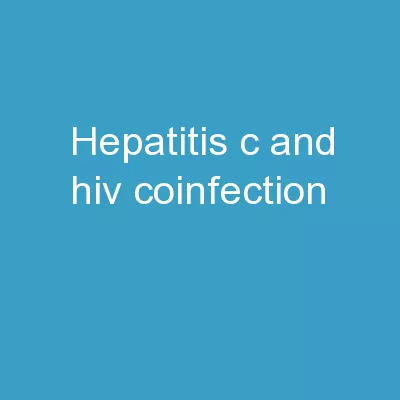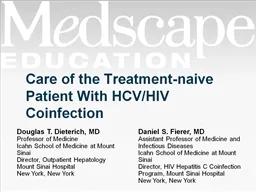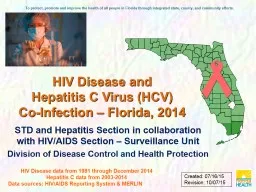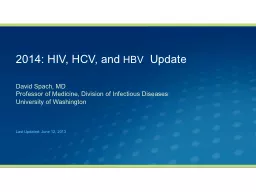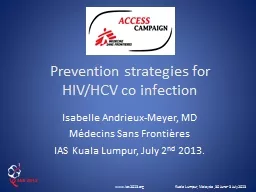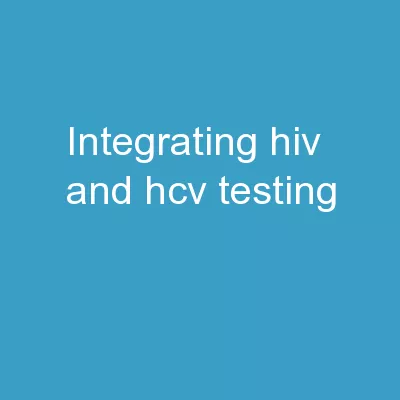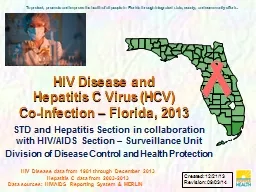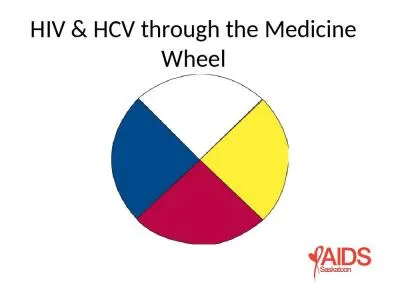PPT-The Role of Diagnostics in the Management of HCV and HIV
Author : zoe | Published Date : 2024-01-29
Presented by Thomas E Burgess PhD DABCC FAACC March 30 2018 Version 20 Hepatitis C Virus Hepatitis C virus HCV is a small 5565 nm in size virus The hepatitis
Presentation Embed Code
Download Presentation
Download Presentation The PPT/PDF document "The Role of Diagnostics in the Managemen..." is the property of its rightful owner. Permission is granted to download and print the materials on this website for personal, non-commercial use only, and to display it on your personal computer provided you do not modify the materials and that you retain all copyright notices contained in the materials. By downloading content from our website, you accept the terms of this agreement.
The Role of Diagnostics in the Management of HCV and HIV: Transcript
Download Rules Of Document
"The Role of Diagnostics in the Management of HCV and HIV"The content belongs to its owner. You may download and print it for personal use, without modification, and keep all copyright notices. By downloading, you agree to these terms.
Related Documents

